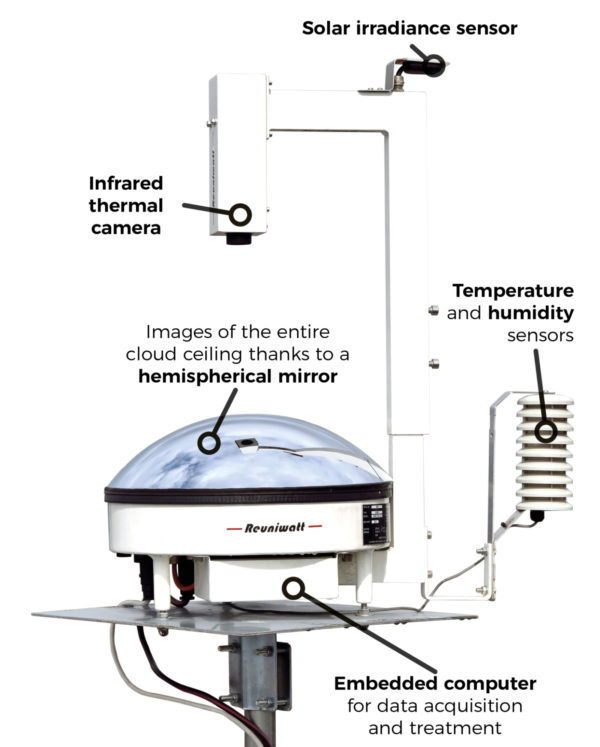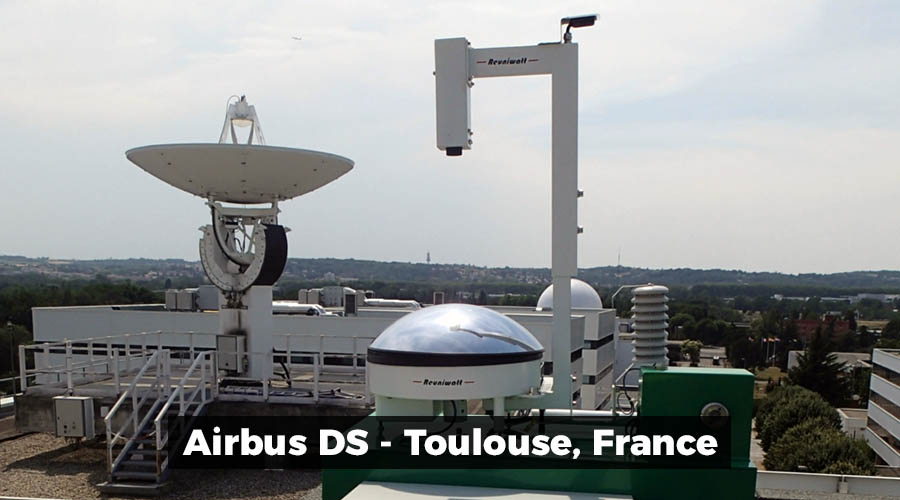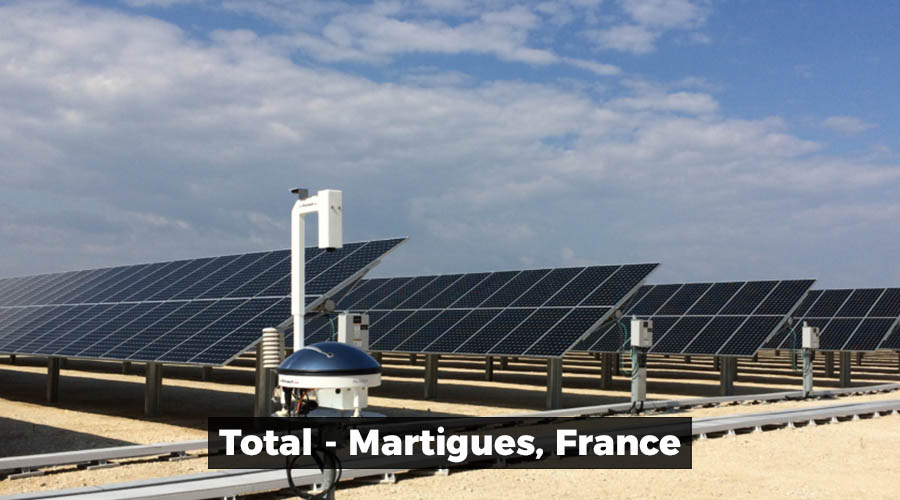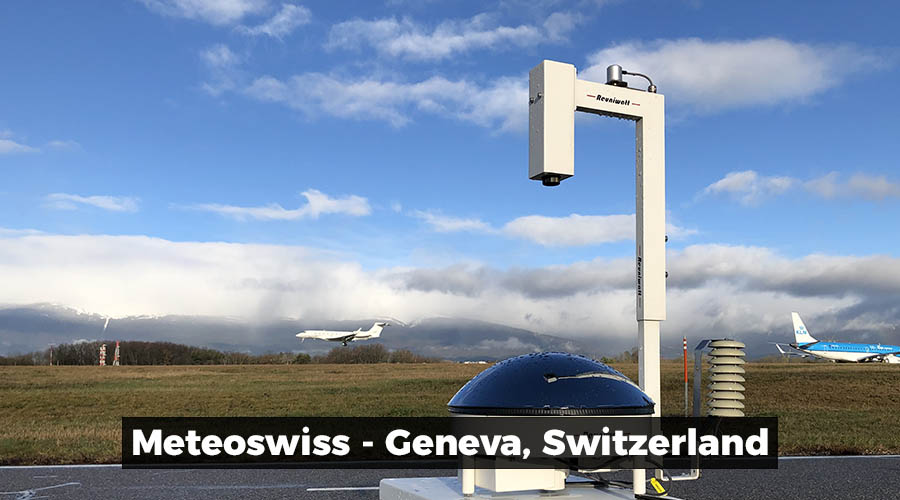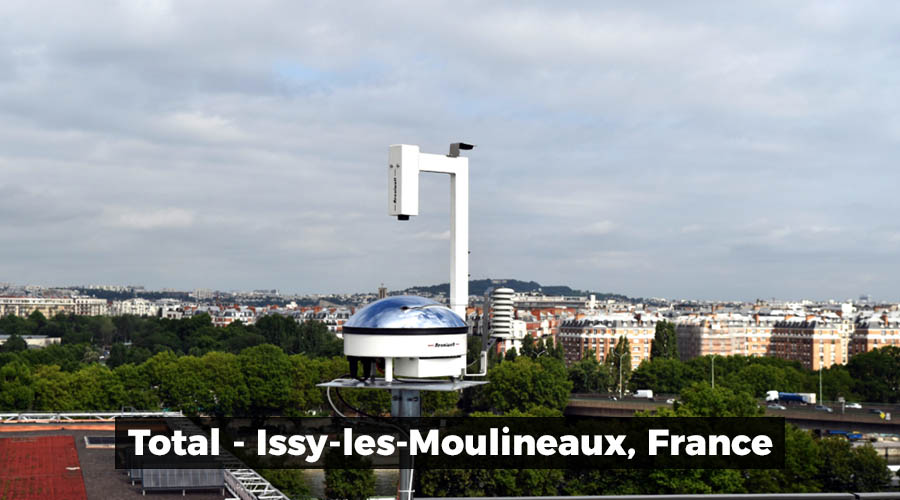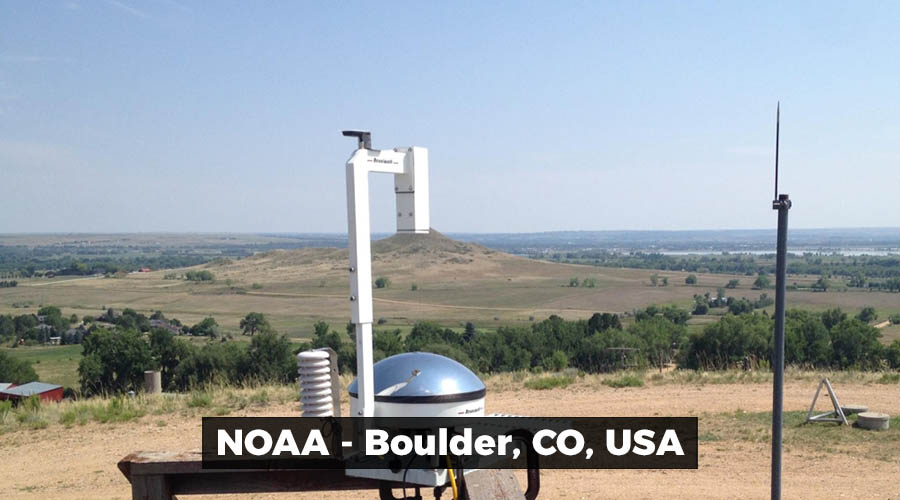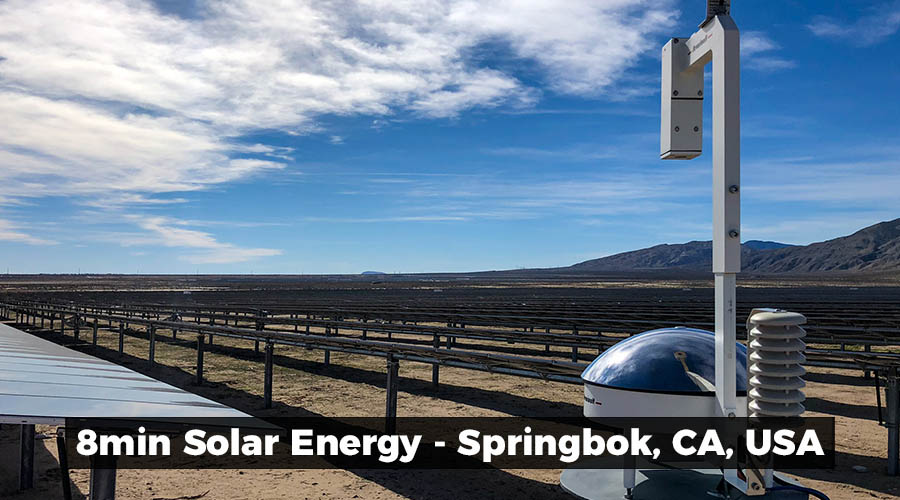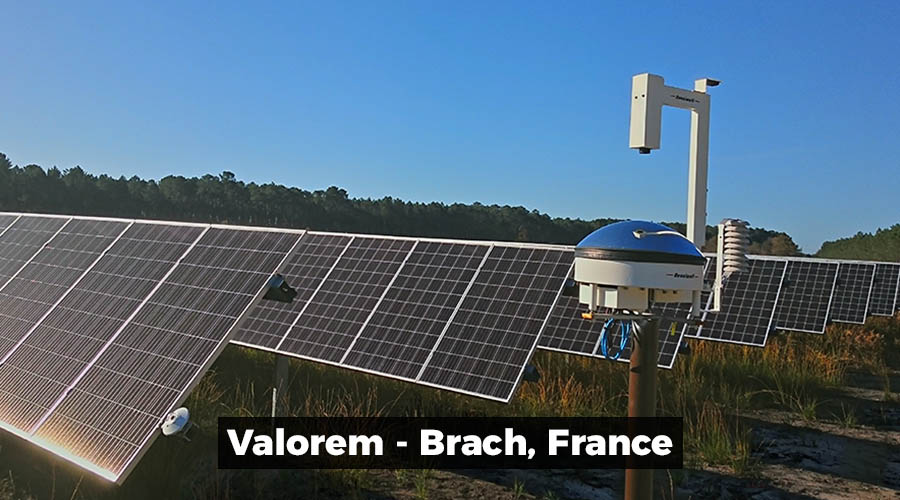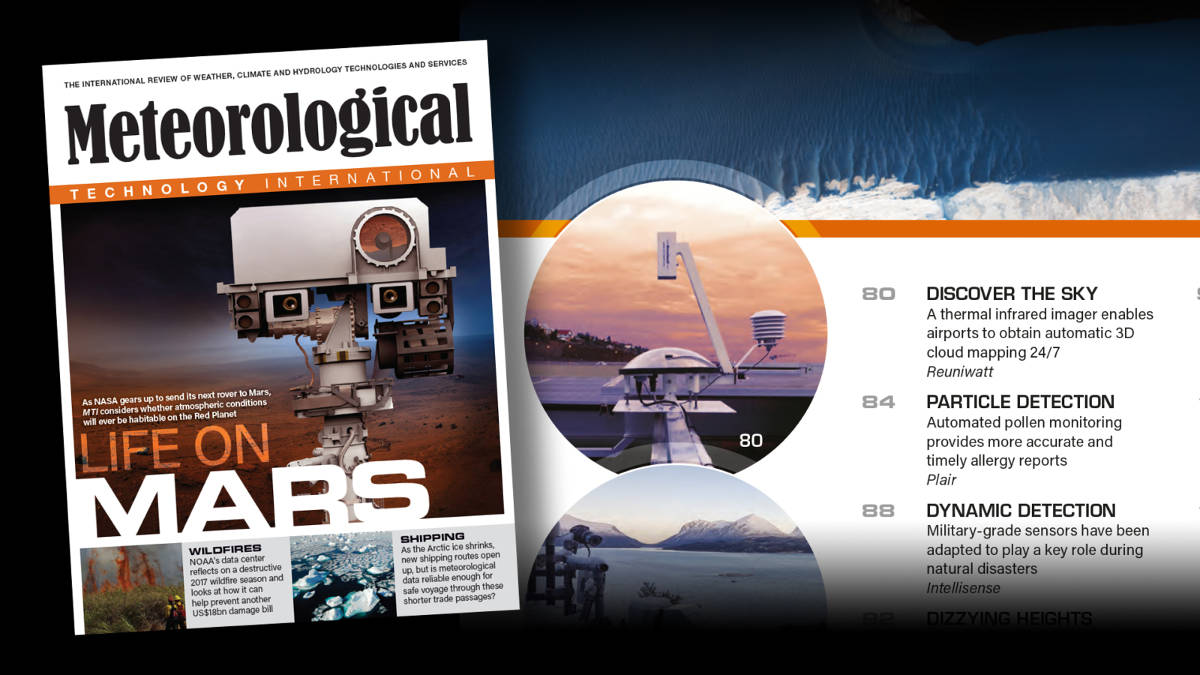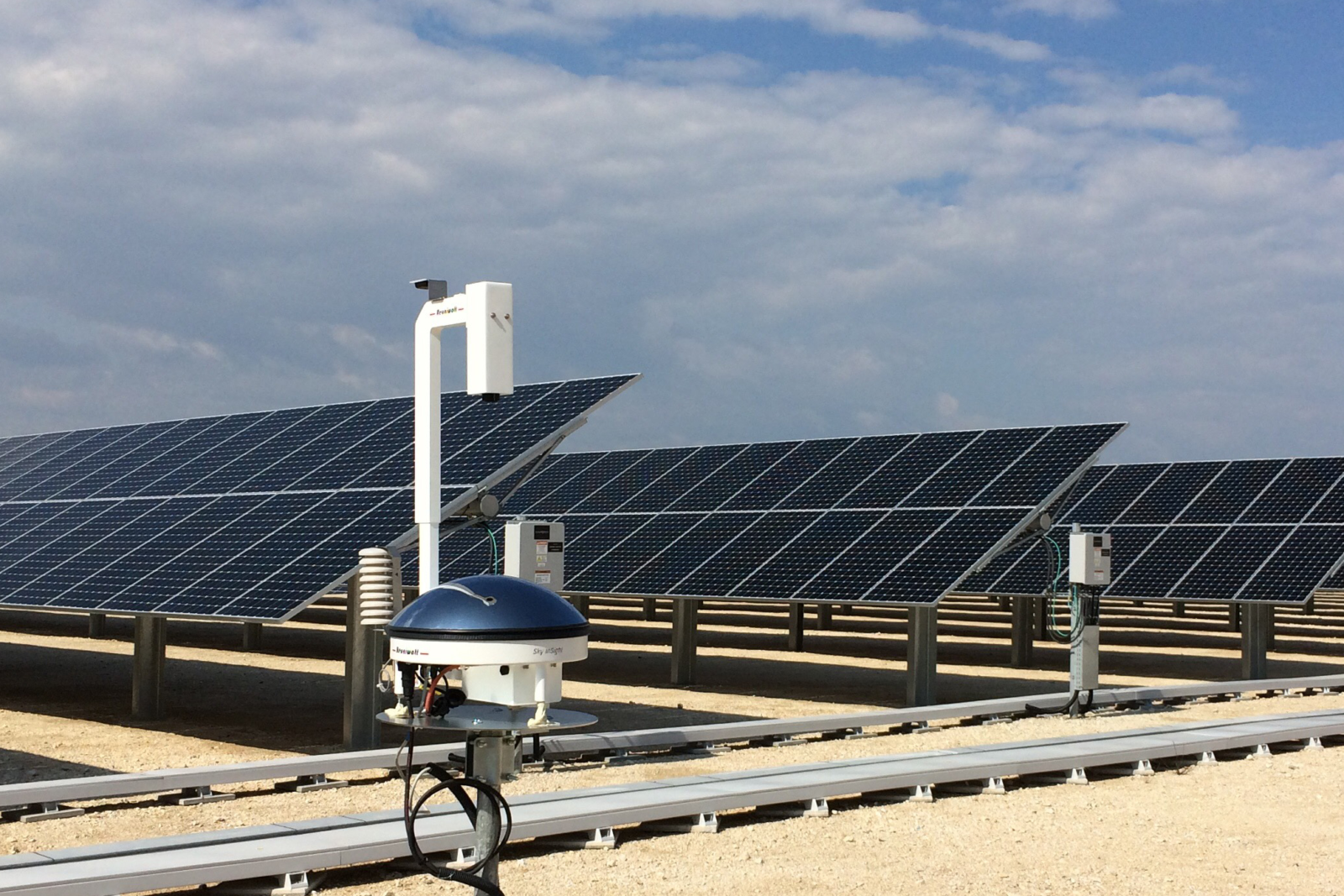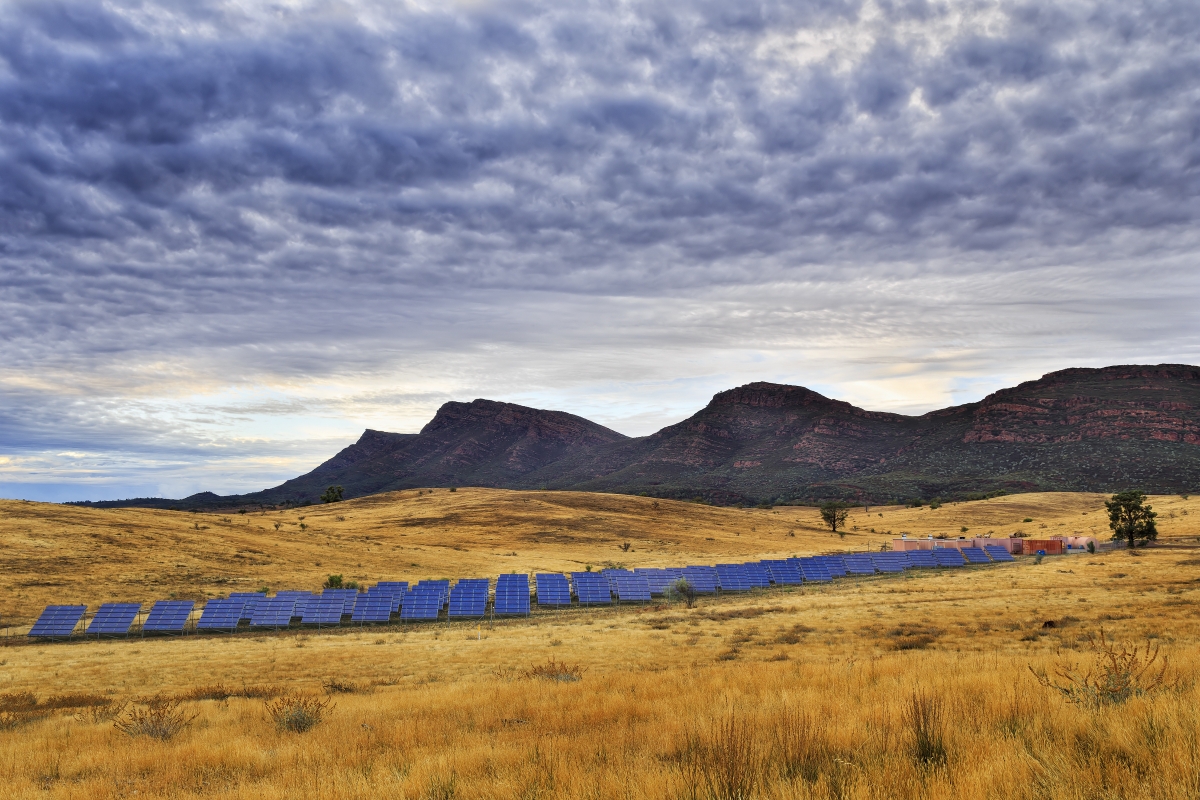Sky InSight™ is a patented infrared all-sky imager developed by Reuniwatt for the continuous tracking and forecasting of the cloud cover. The use of the infrared vision technology enables an unprecedented accuracy for day & night cloud detection, while catching additional information on the cloud ceiling.
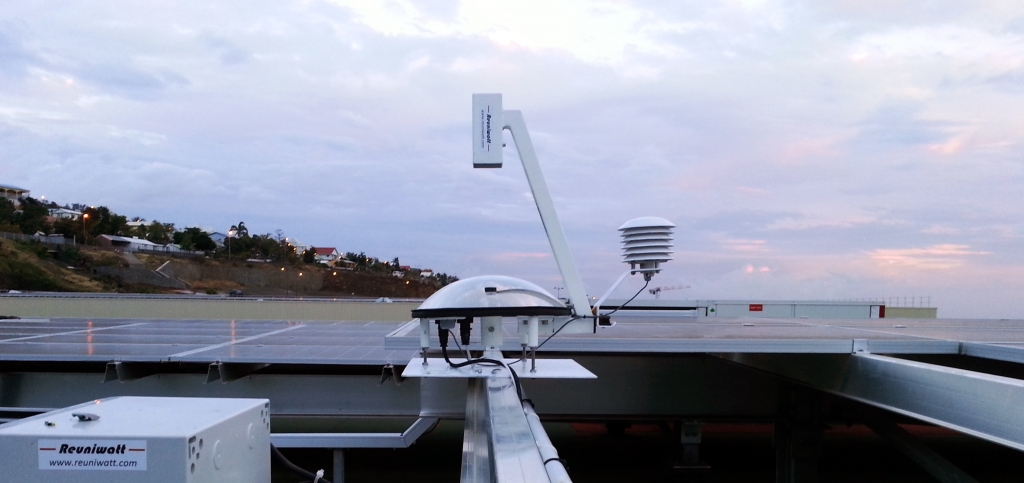
24/7 all-sky observation thanks to infrared vision
24/7 all-sky observation thanks to its infrared vision
Sky Insight is the first sky imager using the infrared technology for the continuous observation of the atmosphere, day and night.Advanced cloud observation features
Advanced cloud observation features
Sky InSight™ offers advanced possibilities in terms of cloud observation, including cloud type classification, fog detection, cloud-base height and improved circumsolar detection for solar forecasting applications.Rugged and reliable product
Rugged and reliable product
Born under the sun and sea sprays of the coast of Reunion Island, Sky InSight™ was built for outdoor use under harsh climatic conditions.Methodology
Sky InSight™ permits to collect ultra-local information about the clouds passing above it. An infrared camera films a hemispherical mirror, in order to observe the cloud ceiling with a 180° angle corresponding to a 2-kilometer radius. Various cloud cover parameters are then obtained by processing the sky temperature map.
Several weather sensors are also embedded into Sky Insight: a solar reference cell, a thermometer, and a humidity sensor. The compiled data contribute to the optimization of the algorithms for solar forecasting using ground images. The data acquisition and transmission system is directly integrated into Sky Insight, thereby facilitating its on-site operational deployment.
In a nutshell, the use of the infrared camera within all-sky imager offers many advantages in comparison to optical cameras:
- Overcome issues related to optical brightness and contrast variations, for a steady performance in every condition (dawn, sunset, storms…)
- Get rid of the overexposure area around the sun, also named ‘circumsolar’, and which leads to segmentation errors with standard cameras (see image opposite)
- Gather additional information on the altitude and optical thickness of the clouds, that enable to classify them based on their characteristics.
